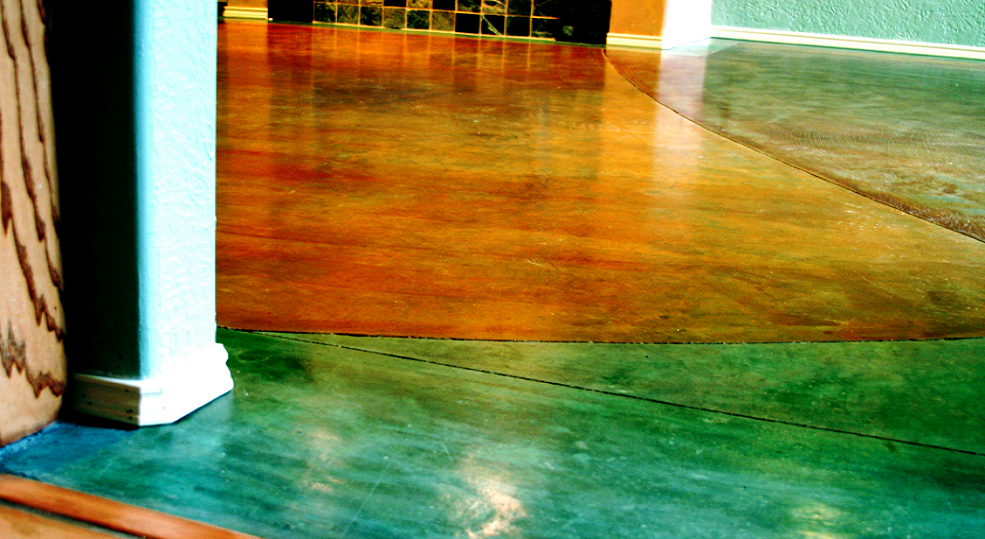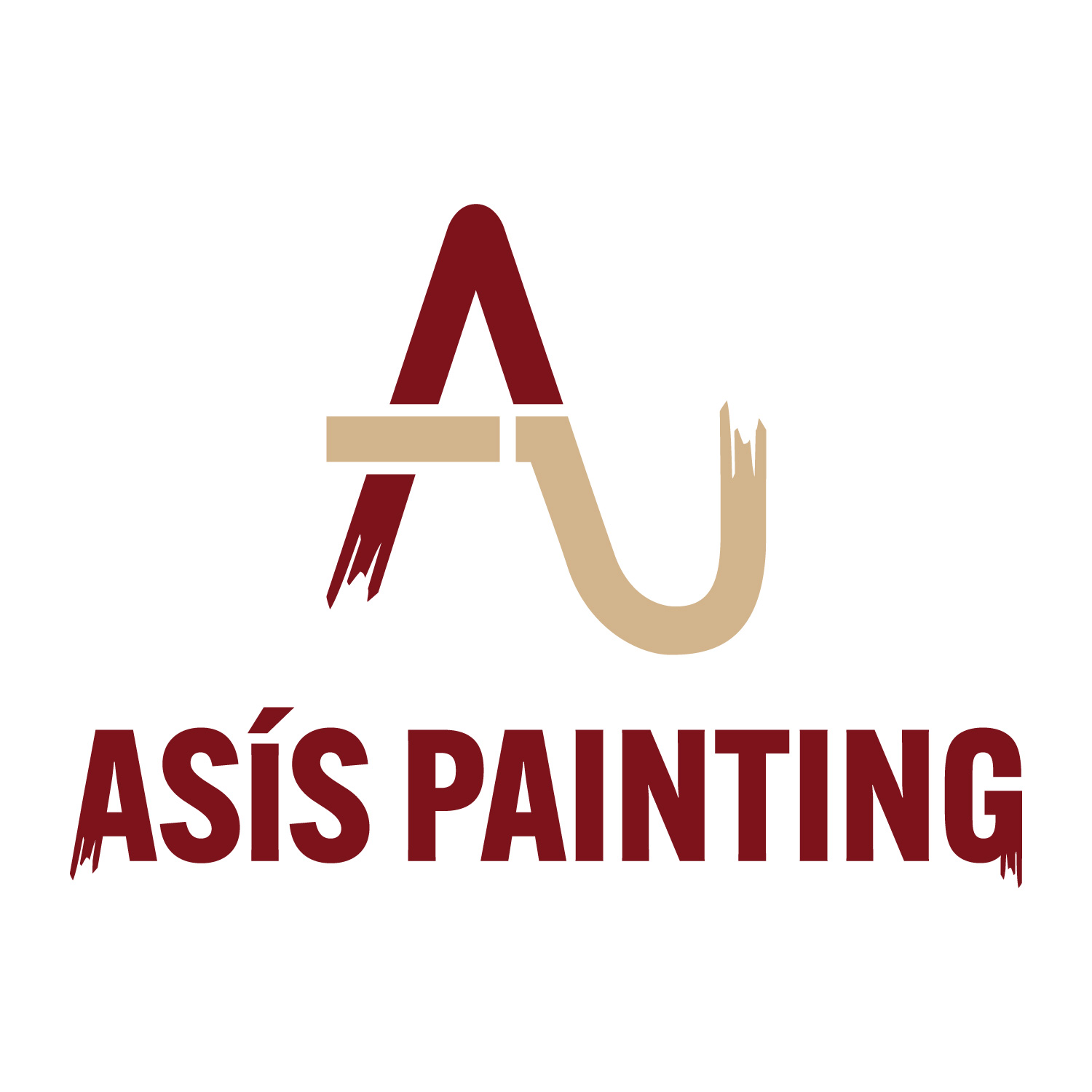STAINING & DECORATIVE FINISHES
Our Story
STAINING & DECORATIVE FINISHES: Turning Your Home Into a Work of Art

Discover the transformative power of expert staining and decorative finishes. Elevate your home with our bespoke wood treatments and artistic finishes. From rich, lasting stains to intricate decorative touches, we bring your vision to life. Get a free quote today!
Staining & Decorative Finishes Service :
“Staining & Decorative Finishes” services typically refer to the treatment of wood, concrete, or other surfaces to both protect them and enhance their appearance. Here’s a breakdown of what these services generally include:
Staining:
Staining is the application of pigments to a material to change its color and protect its surface. Stains come in a variety of types, including oil-based, water-based, and gel-based. Staining can be done on a variety of surfaces such as:
- Wood: For furniture, decks, and other wooden structures.
- Concrete: For driveways, patios, and interior floors.
- Fabric: For upholstery or other textiles.
- Metal: Less common, but possible for certain applications.
Staining Services Include:
- Surface preparation: Sanding, cleaning, and priming the material.
- Application of stain: Using brushes, sprayers, or rollers.
- Sealing: Application of a clear protective layer to seal the stain
Decorative Finishes:
Decorative finishes are specialized techniques used to give a surface a specific look or feel, beyond just changing its color. Some of these include:
- Faux Finishes: These are finishes designed to look like another material, such as marble or wood.
- Textured Finishes: Techniques like stippling, rag rolling, or sponging to add texture to a surface.
- Distressing: Intentionally aging a surface to give it a vintage or weathered look.
- Metallic Finishes: Using metallic paints or foils to create a metallic effect.
- Glazing: Applying a transparent layer over a base coat to achieve a certain look or feel.
- Epoxy Resin: Often used on countertops and floors to give a glossy, durable finish.
Decorative Finishes Services Include:
- Surface preparation: As with staining, the surface is properly prepared.
- Base coating: A base coat is often applied to help the decorative finish adhere.
- Technique application: The chosen finish is meticulously applied.
- Sealing: A protective sealant is often applied over the decorative finish.
Decorative Concrete Finishes:
Decorative concrete finishes offer an aesthetic upgrade to traditional concrete surfaces, providing an array of design options that can imitate the look of other materials, such as natural stone, brick, or wood. These finishes can be applied to both interior and exterior surfaces and are popular for use in residential, commercial, and industrial settings.
Here are some popular types of decorative concrete finishes:
Stamped Concrete
This involves pressing molds and/or stencils into the concrete while it’s still wet, creating a textured surface that can mimic other materials like brick, stone, or wood. After stamping, the surface is usually colored using stains or pigments.
Stained Concrete
Staining is done using acidic or water-based stains that penetrate the concrete to change its color. Acid stains offer a marbled, variegated look, while water-based stains provide more consistent coloring. The result can range from subtle to very dramatic, depending on the choice of colors and application techniques.
Polished Concrete
This finish is achieved by grinding the surface of the concrete with progressively finer grinding tools. Once the desired level of smoothness is achieved, a polishing compound is applied. The result is a high-gloss finish that doesn’t require waxing.
Epoxy Coatings
Epoxy finishes involve applying a layer of epoxy resin over the concrete, which provides a highly durable and resistant surface. Epoxy can be clear or tinted and can also include decorative chips or other elements for added texture and color.
Mixing Metal Finishes In Home Decorating:
Mixing metal finishes in home decorating can create a layered, nuanced, and dynamic visual appeal. Long gone are the days when everything had to match perfectly; today’s design sensibilities often celebrate eclecticism and contrast. However, effectively mixing metals does require some strategy to maintain harmony and cohesiveness in your space. Here are some tips and considerations for doing so:
Balance and Proportion
- It’s generally a good idea to choose one dominant metal finish to serve as the base or primary finish. The dominant metal can be used for larger items like furniture pieces or major fixtures.
- Then, incorporate one or two accent metals in smaller quantities for items like handles, accessories, or light fixtures to create visual interest.
Color Palette
- Different metals have different undertones. Gold and brass have warm undertones, while chrome and silver have cool undertones. Copper and rose gold can go either way depending on the surrounding colors.
- Consider your overall color palette when choosing metals. Warm metals often look great with warm colors (like red, orange, and yellow), while cool metals can complement cool colors (like blue, green, and gray).
Room Function
- The function of the room can also guide your choice of metal. For example, brushed or matte finishes often work well in more casual or rustic settings, while polished metals usually suit formal or modern spaces.
Texture and Finish
- Besides the type of metal, also consider the finish. Options like brushed, hammered, and polished can make the same type of metal look very different.
- The texture can add another layer of complexity and visual interest, so feel free to mix not just the metal types but also their finishes.
Cohesion
- To maintain a cohesive look, try to repeat each metal finish at least once in the room. This creates a sense of balance and unity.
- You can also use other elements in the room, like textiles or wall colors, to help unify mixed metals.
Conclusion:
Both staining and decorative finishes require a keen eye for detail, an understanding of materials and techniques, and the proper equipment. They can transform a space or object, making it not only more aesthetically pleasing but also often more durable.
Asis Painting proudly serves the following cities:
Asis painting offers interior and exterior painting services in several cities:
- Thousand Oaks
- Westlake Village
- Moorpark
- Agoura Hills
- Oak Park
- Malibu
Customers in these areas can benefit from Asis painting expertise in transforming and maintaining the aesthetics and integrity of their homes or businesses. Whether someone is looking to refresh the interior of their home or enhance the curb appeal of their property.
FAQ's
Can you stain finished wood panels?
Yes, we can, we’ll prepare the surface first, which usually involves some degree of sanding to remove the existing finish.
What are the different home decor styles?
Certainly, home decor styles vary widely based on individual tastes, cultural influences, and functional needs.
Traditional style draws inspiration from European and American classics. It involves elaborate furnishings, ornate details, and timeless pieces.
What is the best decorative finish?
Determining the “best” decorative finish depends on a variety of factors such as the surface working on, the desired look, and your own personal preferences.
Some popular types include faux painting (like faux marble or woodgrain), textured finishes (like stippling or sponging), metallic finishes, and epoxy resin finishes.
